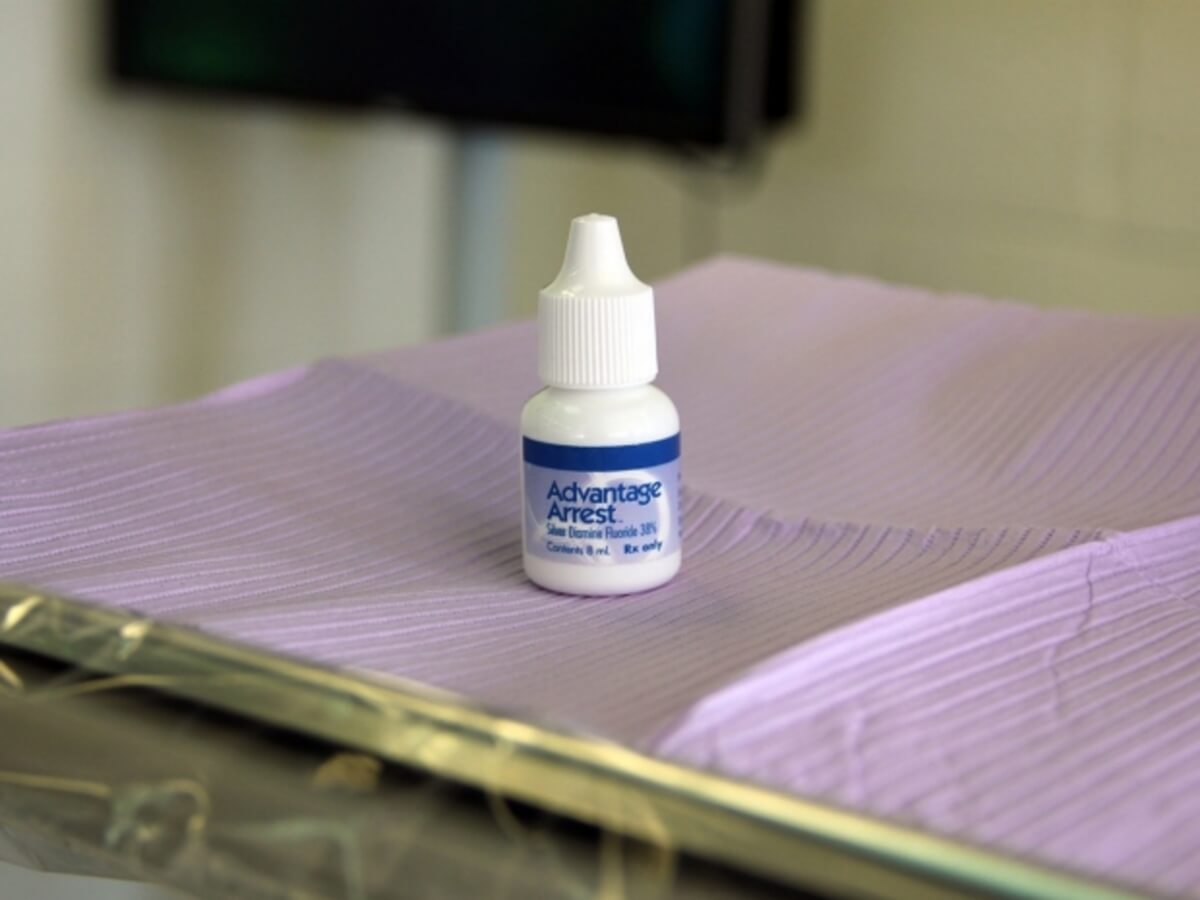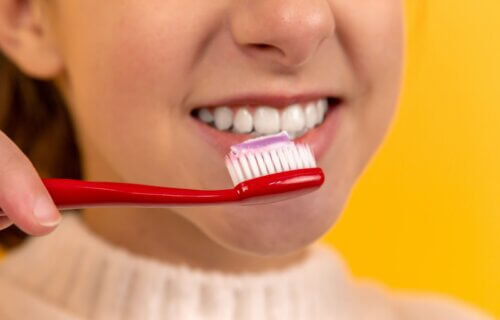NEW YORK — A low-cost liquid has the ability to combat tooth decay among children. Researchers from New York University’s College of Dentistry have discovered that silver diamine fluoride (SDF), an affordable cavity-fighting liquid, matches the effectiveness of traditional dental sealants in preventing tooth decay among elementary school students. This study provides a compelling case for incorporating SDF into school-based cavity prevention and treatment programs, potentially enhancing dental care access while simultaneously cutting costs.
Tooth decay stands as the most common chronic disease in children, leading to pain, missed school days, and diminished academic performance. With the aim of combatting this, the Centers for Disease Control and Prevention (CDC) endorses school sealant programs where dental professionals apply a protective coating on children’s teeth to ward off decay.
SDF offers an alternative approach by being painted onto teeth, where it kills decay-causing bacteria and helps re-mineralize the teeth, thus preventing further decay. Initially approved for treating tooth sensitivity, SDF has now been recognized for its cavity-preventing capabilities.
“A growing body of research shows that SDF — which is quicker to apply and less expensive than sealants — can prevent and arrest cavities, reducing the need for drilling and filling,” says study senior author Dr. Richard Niederman, professor of epidemiology & health promotion at NYU College of Dentistry, in a university release.

This finding is particularly relevant as dental cavities are a significant concern among children, especially those less likely to visit a dentist regularly.
The CariedAway study, the largest school-based cavity prevention study in the nation conducted by the NYU team, compared the effectiveness of SDF and sealants among approximately 4,100 New York City elementary students. These students were treated with either sealants or SDF plus fluoride varnish twice a year, though some visits were missed due to the COVID-19 pandemic and associated school closures.
According to the team’s findings from 2023, a single treatment of SDF or sealants prevented about 80 percent of cavities and halted the progression of 50 percent of existing cavities over two years.
After extending the study for another two years, researchers found that the two treatments continued to perform equally well in preventing cavities, underscoring that both SDF and sealants are viable options for cavity prevention.

“Our longitudinal study reaffirms that both sealants and SDF are effective against cavities. SDF is a promising alternative that can support school-based cavity prevention — not to replace the dental sealant model, but as another option that also prevents and arrests decay,” notes study first author Dr. Ryan Richard Ruff, associate professor of epidemiology & health promotion at NYU College of Dentistry.
The study also highlighted an “untapped” oral health workforce, revealing that dental hygienists and registered nurses, including school nurses, could effectively apply SDF, broadening the scope of professionals who can contribute to cavity prevention efforts. This approach not only promises to save families and the health care system money by reducing the need for fillings but also suggests a way to address oral health inequities by improving access to preventive care.
“Most research shows that SDF can stop a cavity from progressing further. Our study demonstrated that SDF can prevent cavities from happening in the first place,” concludes study co-author Dr. Tamarinda Barry Godín, associate program director and supervising dentist for CariedAway and research scientist at NYU College of Dentistry.
The study is published in the journal JAMA Pediatrics.
Correction: An earlier version of this article suggested that the new study found SDF prevented 80 percent of cavities and halted 50 percent of existing cavities. The article has been updated to show that those findings come from the researchers’ previous study on this same topic.

For once I support some kind of research. I had my children’s teeth coated when they were little. Once on the baby teeth and once on the permanent teeth. They’re in their 40’s today and have never had a cavity. Coming from families with horrible teeth. That’s why we did it. Let’s just hope there’s no side effects to this new treatment. Fluoride is a heavy metal and should not be ingested.